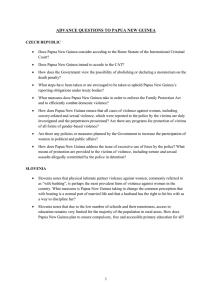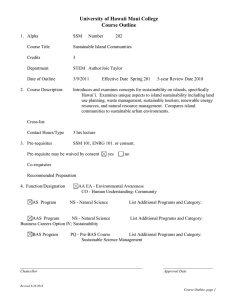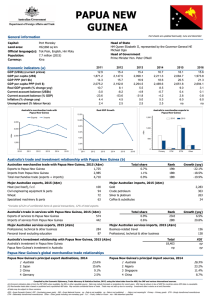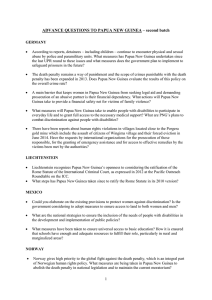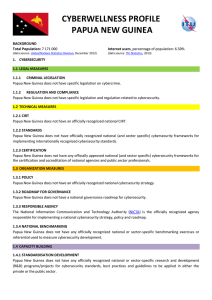A Healthier Globe from City to City: An evaluation of... WHO Healthy Cities Project
advertisement
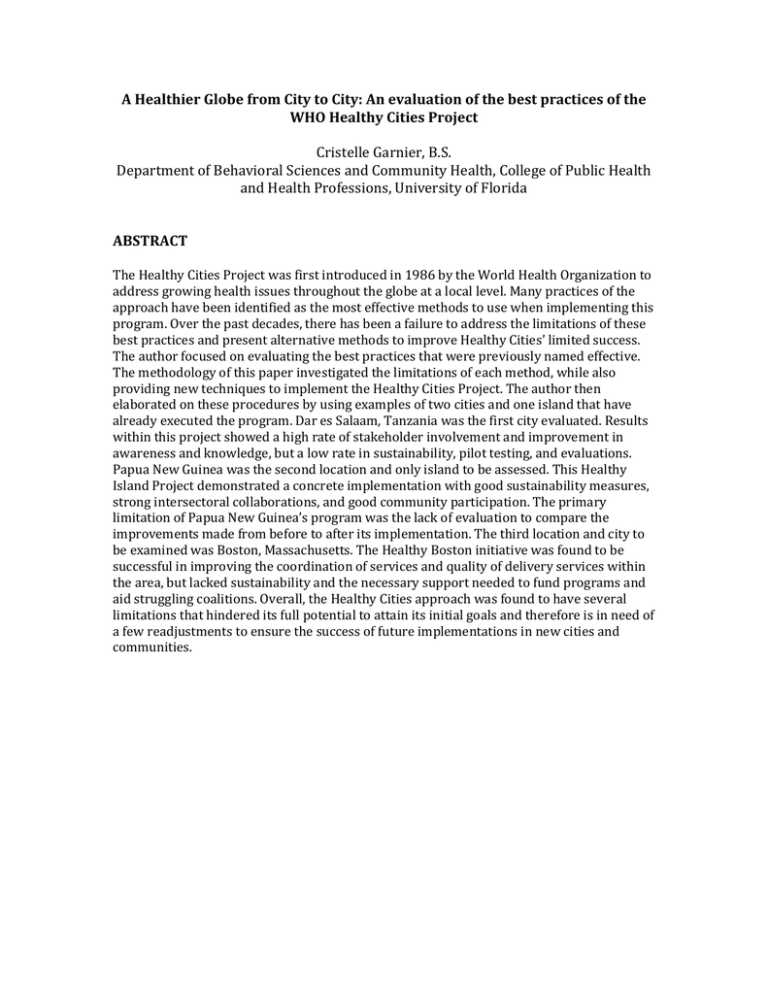
A Healthier Globe from City to City: An evaluation of the best practices of the WHO Healthy Cities Project Cristelle Garnier, B.S. Department of Behavioral Sciences and Community Health, College of Public Health and Health Professions, University of Florida ABSTRACT The Healthy Cities Project was first introduced in 1986 by the World Health Organization to address growing health issues throughout the globe at a local level. Many practices of the approach have been identified as the most effective methods to use when implementing this program. Over the past decades, there has been a failure to address the limitations of these best practices and present alternative methods to improve Healthy Cities’ limited success. The author focused on evaluating the best practices that were previously named effective. The methodology of this paper investigated the limitations of each method, while also providing new techniques to implement the Healthy Cities Project. The author then elaborated on these procedures by using examples of two cities and one island that have already executed the program. Dar es Salaam, Tanzania was the first city evaluated. Results within this project showed a high rate of stakeholder involvement and improvement in awareness and knowledge, but a low rate in sustainability, pilot testing, and evaluations. Papua New Guinea was the second location and only island to be assessed. This Healthy Island Project demonstrated a concrete implementation with good sustainability measures, strong intersectoral collaborations, and good community participation. The primary limitation of Papua New Guinea’s program was the lack of evaluation to compare the improvements made from before to after its implementation. The third location and city to be examined was Boston, Massachusetts. The Healthy Boston initiative was found to be successful in improving the coordination of services and quality of delivery services within the area, but lacked sustainability and the necessary support needed to fund programs and aid struggling coalitions. Overall, the Healthy Cities approach was found to have several limitations that hindered its full potential to attain its initial goals and therefore is in need of a few readjustments to ensure the success of future implementations in new cities and communities. MPH Competencies strengthened by the project • • • • • Monitor health status to identify and solve community health problems Inform, educate, and empower people about health issues Mobilize community partnerships and action to identify and solve health problems Link people to needed personal health services and assure the provision of health care when otherwise unavailable Evaluate effectiveness, accessibility, and quality of personal and population-based health services Concentration competencies strengthened by the project • • • • Describe and apply the social ecological framework to public health problems. Understand and apply the principles of community participation in public health research and interventions. Demonstrate knowledge and skills needed to design and implement a public health information campaign. Demonstrate communication skills key to public health workforce participation and advocacy Public Health Relevance This project is relevant to public health because it contributes to the improvement of a program that aims to help the health status of cities through a local approach. The Healthy Cities Project is an international program that if implemented correctly could reduce the rates of communicable and noncommunicable diseases throughout various populations.






